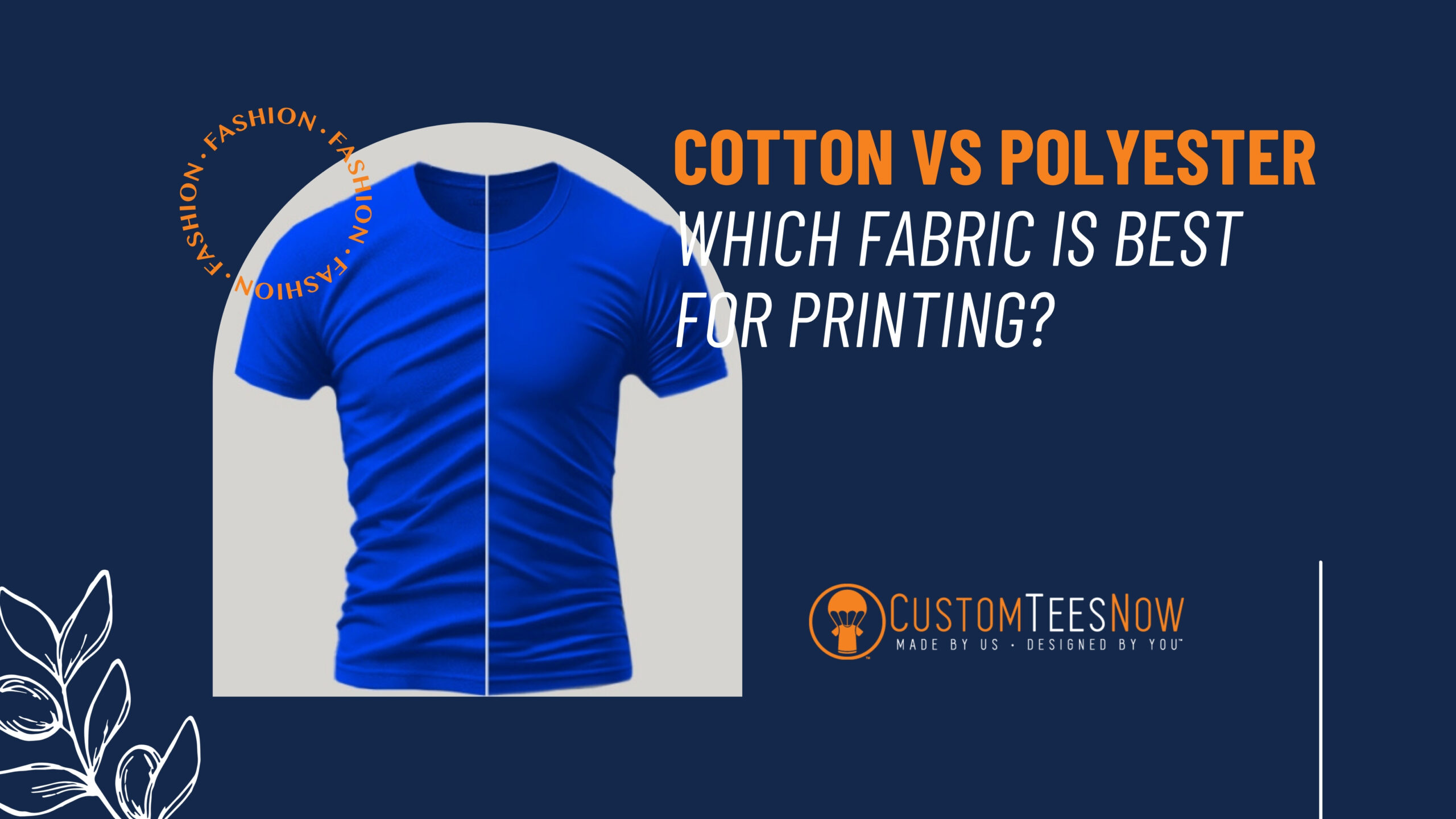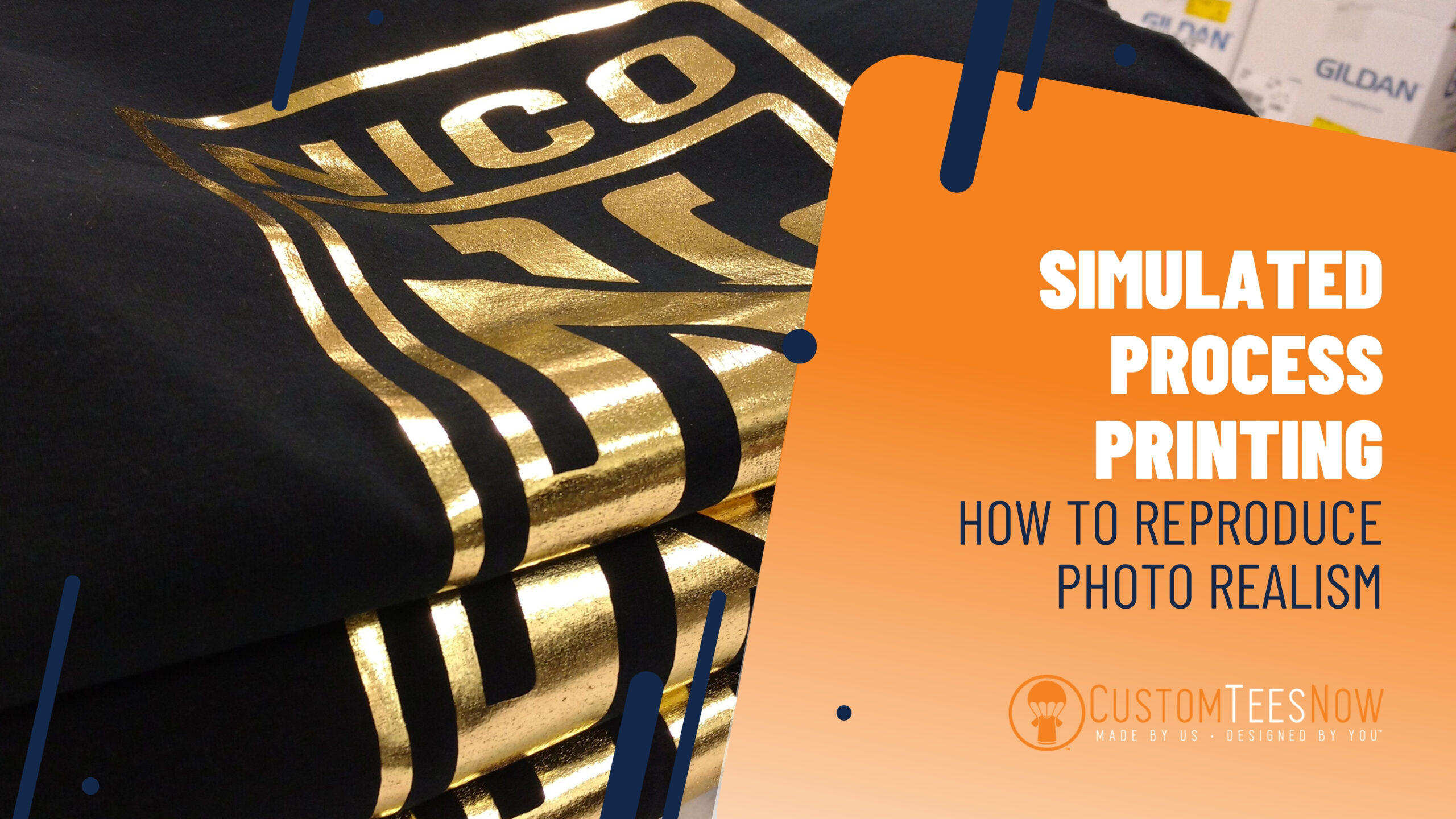
- October 21, 2025
What Is Pre-Treatment in DTG Printing and Why It Matters
In the dynamic realm of custom apparel, Direct-to-Garment (DTG) printing stands out as a revolutionary method for creating vibrant, detailed designs on t-shirts and other fabrics. However, achieving professional-grade results hinges on a crucial yet often overlooked step: pre-treatment. If you’re wondering what is pre-treatment in DTG printing and why it matters, this guide is your roadmap to understanding its role in delivering fade-resistant, high-quality prints that captivate customers.
At Custom Tees Now, based in Naples, FL, we specialize in DTG printing for everything from personalized tees to large-scale brand merchandise. Our expertise ensures every garment emerges with crisp colors and lasting durability. As the custom printing industry surges—expected to exceed $10 billion by 2025—mastering DTG pre-treatment techniques is key for printers aiming to stand out. Searches for “DTG pre-treatment guide” have risen 40% in the past year, reflecting a growing need for in-depth knowledge that drives better outcomes and customer loyalty.
This comprehensive article explores the essentials of pre-treatment in DTG printing, from its scientific foundations to practical applications. Whether you’re a hobbyist, small business owner, or enterprise-level producer, you’ll gain insights to optimize your process, reduce waste, and elevate your prints. For hands-on DTG projects, explore our custom t-shirt printing services. Let’s dive in and uncover how this simple step can transform your DTG workflow.
Understanding DTG Printing: The Basics
Before delving into pre-treatment in DTG printing, it’s essential to grasp what DTG entails. Direct-to-Garment printing uses specialized inkjet technology to apply water-based inks directly onto fabric, much like a desktop printer on paper. This method excels in producing photorealistic images, intricate gradients, and multi-color designs without the setup costs of traditional screen printing.
DTG printers deposit CMYK (cyan, magenta, yellow, black) inks, often layered over a white underbase for dark fabrics. The inks penetrate the fibers slightly for a soft feel, but without proper preparation, they can bleed, fade, or wash out prematurely. This is where DTG pre-treatment comes into play, serving as a primer that bridges the gap between the ink and the fabric.
Popular among custom shops for its versatility, DTG handles cotton, blends, and even polyester with the right setup. However, success depends on factors like ink quality, printer calibration, and—critically—pre-treatment. Poor execution yields subpar results, while mastery results in prints that withstand 50+ washes with minimal degradation. Curious about garment options? Browse our custom hoodies collection for more DTG-compatible apparel.
What Is Pre-Treatment in DTG Printing?
At its core, pre-treatment in DTG printing involves applying a specialized liquid solution to the garment before ink application. This solution, typically a mix of water, polymers, and binding agents, prepares the fabric surface to effectively receive and hold the inks.
The pre-treatment creates a semi-permeable layer that allows inks to adhere without soaking too deeply into the fibers. For white inks, which form the base on dark garments, it prevents absorption, ensuring opacity and vibrancy. Chemically, it works by flattening fabric fibrils (tiny hairs) and providing a cationic charge that attracts the anionic inks, promoting strong bonding during curing.
Pre-treatment solutions are available in concentrated form, often diluted with distilled water to suit specific fabrics. Concentrations range from 1:1 to 1:4 ratios, depending on the garment type. It’s not just for dark shirts—light garments benefit too, enhancing color pop and washfastness.
In essence, pre-treatment transforms the fabric from an absorbent canvas into a receptive surface, setting the stage for flawless DTG output. For real-time design previews, try our online design tool.
Why Pre-Treatment Matters in DTG Printing
Now that we’ve defined it, let’s address why pre-treatment matters in DTG printing. Skipping or mishandling this step can doom even the best designs to failure, while proper application unlocks superior quality.
The Science Behind Its Importance
Fabrics like cotton are naturally porous, absorbing liquids rapidly. DTG inks, being water-based, would sink in without pre-treatment, resulting in muted colors and poor detail. On dark garments, white ink—the foundation for colorful overlays—would vanish into the fibers, yielding dull, translucent prints.
Pre-treatment mitigates this by:
- Enhancing Adhesion: It creates a chemical bond, preventing inks from flaking or cracking post-wash.
- Boosting Vibrancy: By keeping inks on the surface, colors appear brighter and more saturated.
- Improving Durability: Treated prints resist fading and withstand rigorous laundering tests (e.g., AATCC standards).
- Preventing Color Migration: It stops dyes from bleeding during curing, maintaining sharp edges.
Industry data underscores this: A 2023 survey by the Specialty Graphic Imaging Association found that 32% of DTG defects stem from inadequate pre-treatment, resulting in reprints and lost revenue. For in-depth DTG standards, visit the PRINTING United Alliance DTG Resources.
Benefits for Different Garment Types
For light-colored shirts (whites, pastels), pre-treatment is optional but recommended for premium results. It ensures even ink distribution, reducing patchiness.
On dark fabrics (blacks, navies), it’s indispensable. Without it, white underbases fail, and colors wash out after a few cycles. Polyester blends pose additional challenges due to their hydrophobic nature; specialized pre-treatments stabilize inks to avoid bleeding.
Ultimately, why pre-treatment matters boils down to customer satisfaction. Vibrant, long-lasting prints build trust, encouraging repeat business and referrals in a competitive market.
Types of Pre-Treatment Solutions
Not all pre-treatments are created equal. Selecting the right type is vital for optimal DTG pre-treatment performance.
Standard solutions work well on cotton and blends, providing balanced adhesion. Light-garment formulas are milder, preserving softness, while dark-garment versions are stronger, with higher polymer content for white ink opacity.
Polyester-specific pre-treats include anti-migration agents to handle synthetic fibers’ low absorbency. Some are eco-friendly, low-VOC options for sustainable printing.
When choosing, consider fabric composition, ink brand compatibility, and the desired hand feel. Testing small batches is key to finding the ideal match. For eco-conscious options, check our custom tote bags printed with sustainable DTG methods.
Application Techniques for DTG Pre-Treatment
Applying pre-treatment in DTG printing requires precision. Here’s a breakdown of common methods.
Manual Application
Ideal for small runs, this involves handheld tools.
- Preparation: Shake the solution and dilute as needed (e.g., 1:1 for cotton).
- Spraying: Use a high-volume, low-pressure (HVLP) sprayer for even coverage. Apply 16-20 grams per adult shirt, focusing on the print area.
- Rolling: For uniformity, use a foam roller to evenly distribute the liquid.
Avoid oversaturation, which causes staining.
Automated Machines
For high-volume operations, pre-treatment machines offer consistency.
These devices spray precisely, with adjustable settings for fabric type. Benefits include reduced labor and waste, though they require initial investment. Leading equipment can be found at Polyprint DTG Pre-Treatment Machines.
Drying and Curing
Post-application, dry the garment to activate the solution. Use a heat press in hover mode (320-340°F for 30-60 seconds) to flatten fibers without scorching. Air drying works but takes longer (1-2 hours). Avoid tumble dryers to prevent lint contamination.
Once dry, print within 30-60 days for best results.
Best Practices and Tips for Effective Pre-Treatment
To maximize DTG pre-treatment techniques, follow these guidelines.
- Test Extensively: Conduct wash tests on samples to dial in dilution and amount.
- Control Environment: Maintain 50-70% humidity and 70-80°F to prevent uneven drying.
- Store Properly: Keep solutions sealed in cool, dark places; shelf life is 6-12 months.
- Calibrate Equipment: Regularly clean sprayers and machines to avoid clogs.
For blends, start with lighter applications and adjust as needed.
Table: Recommended Pre-Treatment Parameters by Fabric Type
| 100% Cotton (Light) | 1:4 | 12-16 | 30 seconds | Mild formula for soft feel. |
| 100% Cotton (Dark) | 1:2 | 16-20 | 45 seconds | Stronger for white underbase. |
| Cotton/Poly Blend | 1:3 | 14-18 | 40 seconds | Anti-migration additives. |
| Polyester | 1:1 | 18-22 | 60 seconds | High polymer for stability. |
This table provides a starting point; fine-tune based on your setup.
Common Mistakes in DTG Pre-Treatment and How to Avoid Them
Even seasoned printers err with pre-treatment in DTG printing. Here are pitfalls to sidestep.
Over-application leads to yellowing or stiffness; under-application causes poor adhesion and fading. Solution: Measure precisely and test.
Using tap water for dilution introduces minerals that can interfere; opt for distilled water.
Rushing drying can trap moisture, causing bubbling inks during printing. Allow full evaporation.
Neglecting garment quality—low-thread-count fabrics absorb unevenly. Choose ring-spun cotton for consistency. Learn more about fabric selection in our FAQ section.
By avoiding these, you’ll minimize defects and enhance efficiency.
Innovations in DTG Pre-Treatment
The field evolves rapidly. Recent advances include automated systems with AI calibration for fabric detection, reducing guesswork.
Eco-formulas minimize chemicals, appealing to green-conscious brands. Hybrid pre-treats for mixed fibers expand DTG’s versatility.
Looking ahead, nanotechnology could yield ultra-thin layers for even softer prints, pushing the boundaries of DTG pre-treatment. Stay updated via DTG Connection.
Pre-Treatment vs. No Pre-Treatment: A Comparison
To illustrate why pre-treatment matters, consider the differences.
Without it, prints on dark shirts appear washed-out, with 30-50% color loss after five washes. Edges blur, and inks crack under stretch.
With proper pre-treatment, vibrancy holds, with <5% fade after 50 washes. Designs feel integrated, not plasticky.
In production, treated garments cut rework by 25%, per industry benchmarks.
Advanced Tips for Integrating Pre-Treatment into Your Workflow
For pros, optimize by batching similar fabrics to streamline dilution. Integrate quality checks: Use a gloss meter for evenness post-drying.
Track metrics like washfastness scores to refine processes. For scalability, invest in machine-to-printer syncing for seamless ops.
Safety note: Wear gloves and ventilate the area, as solutions can irritate the skin.
These strategies turn pre-treatment from a chore into a strength.
Conclusion: Elevate Your DTG Prints with Proper Pre-Treatment
We’ve explored what is pre-treatment in DTG printing and why it matters, from its foundational role to advanced applications. This step isn’t optional—it’s the linchpin for vibrant, durable apparel that delights customers.
At Custom Tees Now, we apply these principles daily to craft exceptional custom gear. Ready to experience the difference? Upload your design for a free proof and rapid delivery. From events to enterprise swag, let’s bring your vision to life.
FAQs
What exactly is DTG pre-treatment? Pre-treatment is a liquid solution applied to garments before printing. It flattens fibers and creates a bonding layer, ensuring water-based inks adhere properly for vibrant, durable results.
Is pre-treatment necessary for light-colored shirts? Not always, but recommended. It enhances color saturation and washfastness, even on whites or pastels, for professional-grade output.
Why do dark shirts require more pre-treatment? Dark fabrics absorb white underbase ink, leaving dull, translucent colors. Stronger pre-treatment ensures opacity and sharp overlays.
Can I make my own pre-treatment solution? Not advised. Commercial formulas are precisely balanced for safety and performance. DIY mixes risk inconsistent adhesion and garment damage.
How much pre-treatment should I apply? Typically, 16–20 grams per adult shirt (print area only). Use a scale for accuracy—too little causes fading; too much stiffens fabric.
How long after pre-treatment can I print? Print within 30–60 days after full drying. Store treated garments flat in a cool, dust-free area to maintain effectiveness.



